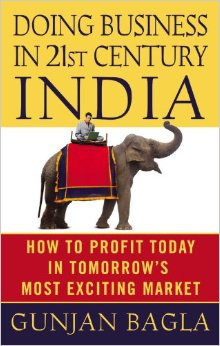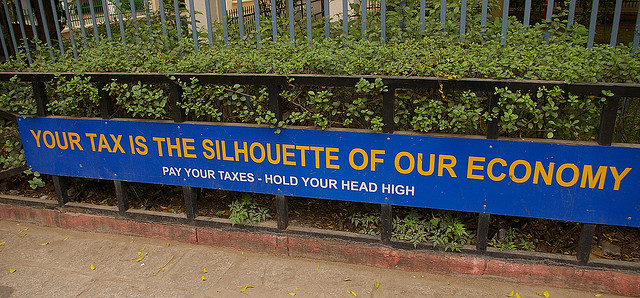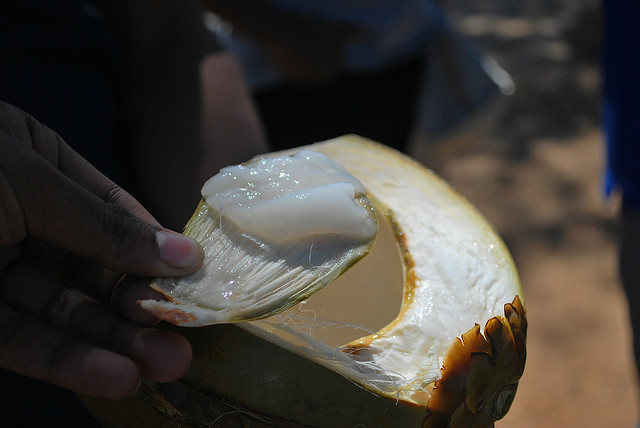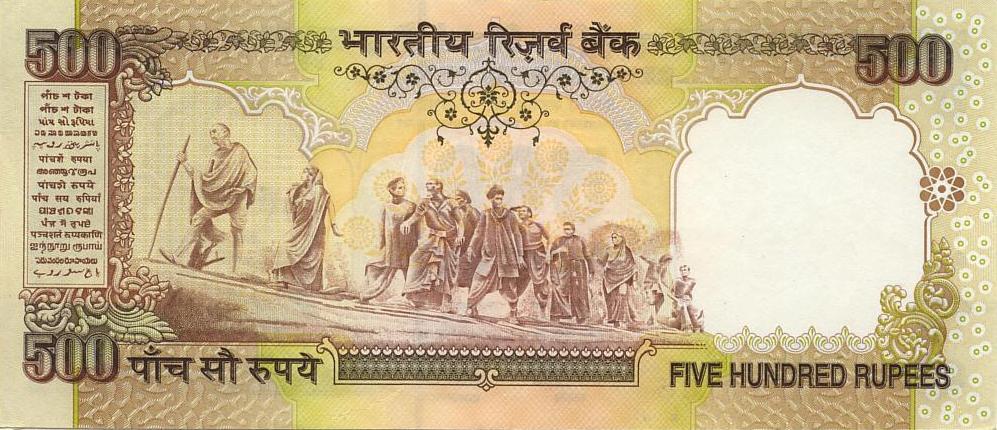
Gunjan Bagla’s Doing Business in 21st Century India is the best book out there for the person heading a business unit in India, overseeing an expansion process, or wanting to start a new venture. Expatriates on work assignment and casual travellers can gain some good insights from, but the biggest value comes for the person who has to keep the full business picture in mind.
Bagla covers an overwhelming scope of information in only 200+ pages. He is a consultant who works with companies who want to expand and improve their India operations, and you can see him demonstrate his expertise. In each section of the book, he delivers the most poignant advice and keeps the applications relevant.
(Listen to my podcast with Gunjan Bagla here.)
The book covers the following topics:
- Introduction to Indian Business
- Cross Cultural Communication
- Human Resources
- Marketing
- Finance
- Legal and Accounting
- Travelling and Living Tips






